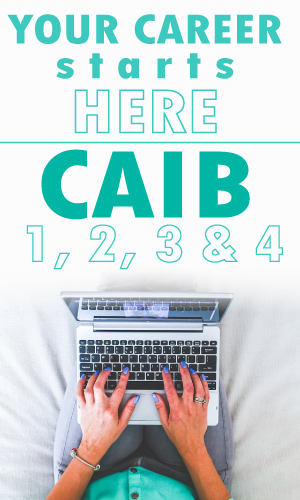Retirement Success in Canada a course designed to introduce you to the topic of Canadian retirement income.
In this new course on Retirement Success in Canada you will be introduced to each of the “three pillars” that make up the replacement income of most Canadian retirees and the issues and solutions surrounding them.
In the beginning we cover the first pillar of Canadian Retirement Savings, the Old Age Security program.
OAS Pension and Benefits are paid out according to:
- Canadian Residency Status & History
- Age
On top of being subject to income tax, OAS Pension benefits are subject to a recovery tax that is 15% of the amount a beneficiaries income surpasses the minimum threshold.
As a retiree’s income rises, the OAS benefit amount lowers. While the OAS may recover up to 50% of an individual’s pre-retirement salary of $20,000, it will only recover 4-5% of an individual’s pre-retirement annual income of $100,000.
If we are aiming for a recovery ratio of 60% – 70%, individuals across all income levels need additional sources of retirement income.
In lesson 2 we are introduced to the second pillar of Canadian Retirement Savings: Mandatory Pension Plans. Which are broken into public & private categories.
Canada has a mandatory contribution pension plan called the CPP (QPP in Quebec). This plan is funded by taking a percentage of all contributors pensionable earnings, and pays a monthly pension upon retirement as well as other income-replacement benefits.
The CPP/QPP retirement benefit does not have a claw-back tax like the OAS and provides a larger retirement benefit to those who have contributed more.
In Lesson 3 we learn about Private Pension Plans (RPPs). These employer-provided, mandatory-contribution plans come in two flavors: Defined Benefit and Defined Contribution
Like the CPP/QPP plans, RPPs reward long contribution histories and high contribution amounts. Thus, RPPs benefit those with a long history of high income the most.
However, as of 2015, only 32.2% of Canada’s labor-force was covered by a registered private pension plan. Given the inadequacy of the OAS and CPP programs to meet most Canadians retirement goals, it is clear another source of retirement income is needed.
Retirement savings & income will look different for everybody.
Those who do not have an employer-provided pension plan will need to focus more on contributing to their RRSP & TFSA.
Those who do have employer-provided pension plan’s will be rewarded for staying with their employer longer.
Those with higher incomes will receive larger benefits from their CPP and Employer-Provided Pensions.
Those with lower incomes will receive larger benefits from OAS/GIS benefits.
Ultimately, retirement savings should start early, and be contributed to regularly. No one pillar will provide sufficient retirement income, a multi-pillar approach is always necessary.
More info on course:
https://www.ilscorp.com/retirement-success-in-canada/
Credit Hours: 4
Credit Type: Life/A&S
Credit #: AIC 47764 MB 29959
Accrediting Provinces: BC, AB, SK, MB, ON



